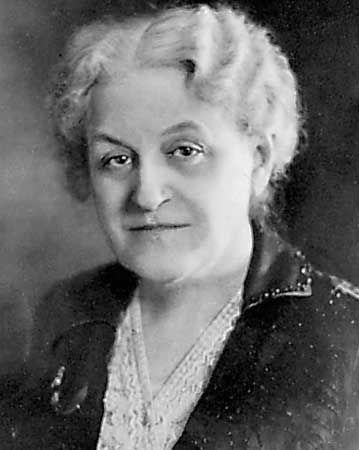Representation of women at Iowa State transforms throughout history

1880 — Carrie Chapman Catt graduates from Iowa State Agriculture College, now Iowa State. Chapman goes on to lead the National American Women’s Suffrage Association and later founds the League of Women Voters.
January 19, 2016
Iowa State has long held the reputation of promoting diversity for all races and genders. In fact, Iowa State has been coeducational since its establishment in 1858.
Allowing women into universities was a radical idea during the mid-1800s. The school explained its openness by suggesting it was teaching girls to be strong future wives and mothers. Likewise, it was teaching men to be farmers and mechanics. The university was focusing on producing superior citizens.
The classes women were offered consisted of topics that fell beneath the home economics genre. These included botany, Latin, rhetoric, domestic economy, chemistry and history.
However, they were not restricted to these courses.
Amy Bix, professor of history, suggests that the home economics program at Iowa State helped encourage women to get involved in the scientific and mathematics fields.
“Home-ec proved to be a great intellectual doorway to justify women studying chemistry, physics and even some types of engineering,” Bix said. “Iowa State was pretty strong there. In fact, we graduated some of the earliest generations of women to get engineering degrees in the U.S. in the early 1900s.”
While the university was ahead of the norm in enabling women to study here, women still fell short in representation in graduate studies and career development across a wide range of fields. However, in time, this would change across the nation.
In the late 1800s and early 1900s, women were excluded from certain campus delicacies. Women didn’t have their own dorms until Margaret Hall was built in 1895; they were also excluded from societies such as Tau Beta Phi, the engineering society, which was established in 1907. It wasn’t until the 1960s when women were without curfews like the men.
In order to make a change on campus, the University Committee on Women was established in the early 1970s to promote the participation of both women employees and students.
One of the first things the committee looked at was how women athletes were treated in comparison to men.
Elizabeth Beck, an ISU retiree who worked as the coordinator of special programs from 1977 to 2004, recalls following a memo regarding the women’s basketball team.
“I remember that the women’s basketball team was not allowed to practice in Hilton Coliseum,” Beck said. “The girls were forced to practice in the women’s gym in Forker, even though they played in Hilton on game days just like the boys.”
The university also failed to accommodate to the childcare needs that were necessary for women to balance school and family. Maternity leave used to be described as a disability, Beck said.
It was not until 1970 that the university began investigating the needs of its faculty, staff and students for child care, according to an ISU archive on women at Iowa State. There are now family leave policies in place that both men and women can use.
Today’s world is a stark contrast to how things used to be. Beck discussed her personal experience of being a single mother and a student at Iowa State in the early 1970s.
Beck was the second single parent to ever live in the University Village in 1972, which was married student housing at the time. She had two children, one in school and one in daycare, and she had to work out a way to ensure her children were taken care of while she was in class all day.
In a time without cell phones, this was more difficult than it may sound. Beck recalls having to leave an exam unfinished because her child was sick at the daycare. She had to take whatever grade she received on her unfinished exam.
“Does that depress you?” Beck asked with a laugh. “The university really is quite phenomenal and has come a long way since I was a student.”
Bix believes that Iowa State has come a long way in its representation of women in leadership positions.
“ISU really makes a conscious effort to encourage diversity in leadership,” Bix said. “One of the most meaningful things to see has been the growing role of women in leadership at ISU in highly visible posts as chairs in many different departments, [as well as] deans, and other administrative positions.”
Women used to account for only 20 percent of the student body at Iowa State. Today, it’s nearly 50 percent.
However, if students scroll through the faculty and staff lists for the College of Engineering or the College of Agriculture and Life Sciences, there’s still an overwhelming amount of men in comparison to women in those positions.
Beck noted that Iowa State is known for its diversity and inclusion, and that it has programs in place to make a difference. However, she says the university isn’t doing as well as it could in producing a meaningful outcome.
“Iowa State still struggles in equality and access to positions, equality in pay, gender roles and expectations for women,” Beck said. “In order to really say we’ve made a difference, we need more women to be higher up in the education system.”
















